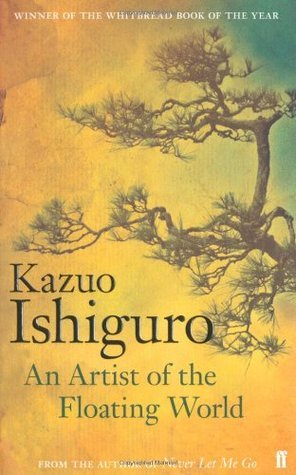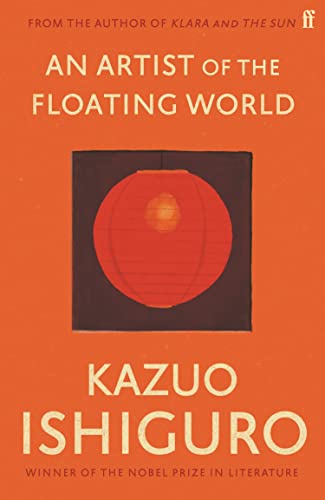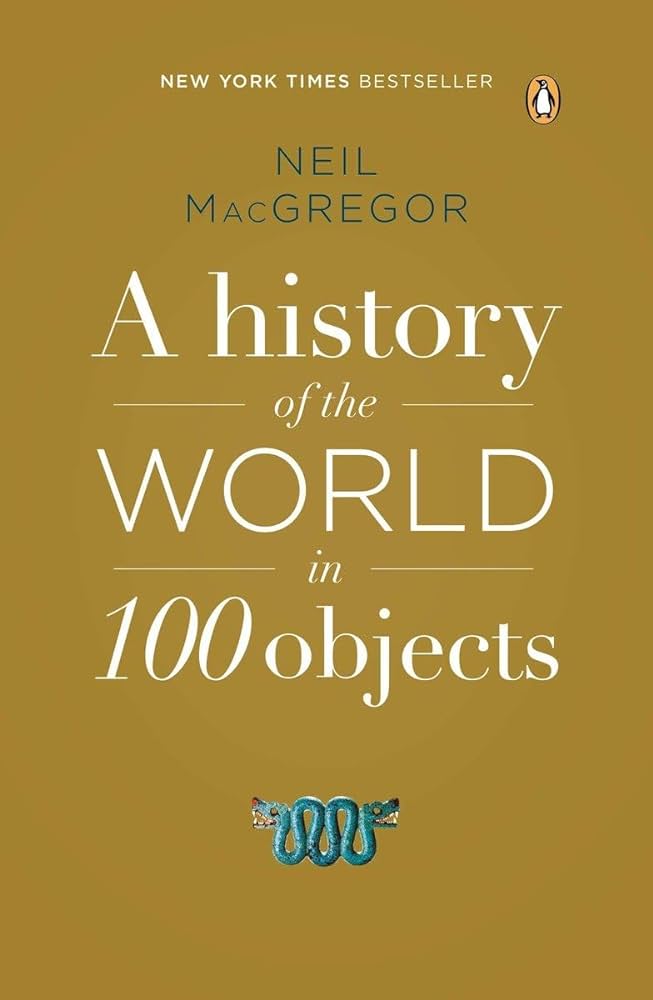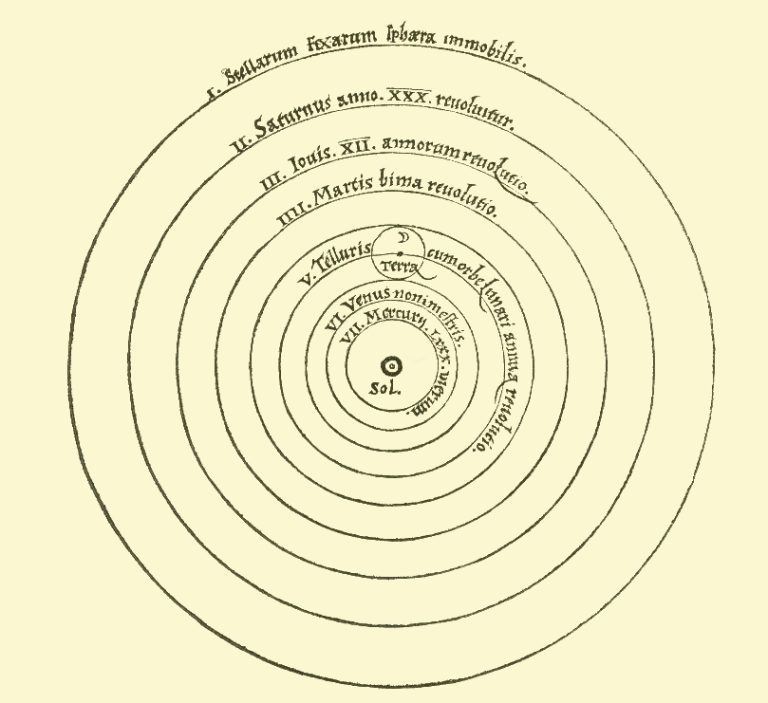An Artist Of The Floating World By Kazuo Ishiguro 1986
An Artist of the Floating World is a 1986 novel by Japanese-British author Kazuo Ishiguro. It is set in post-World War II Japan and tells the story of Masuji Ono, a retired painter who looks back at his life as he re-evaluates his artistic choices and loyalties during the war. The novel explores themes of identity, guilt, and loyalty, and the consequences of decisions made in the past. It also examines the Japanese cultural identity in the aftermath of World War II, and the tension between the traditional and the modern. The novel was shortlisted for both the Man Booker Prize and the Whitbread Award and was adapted into a Radio 4 play in 1990.
Overview of An Artist of the Floating World
Kazuo Ishiguro’s 1986 novel An Artist of the Floating World is a captivating exploration of love and loss in post-war Japan. The novel follows Masuji Ono, an aging artist who reflects on his life and the choices he made during the tumultuous times of World War II. Through Ono’s memories, Ishiguro paints a vivid portrait of a Japan in the throes of a transformation; a country in the grips of social and political unrest, grappling with its past and looking towards an uncertain future. Ishiguro’s masterful prose brings to life the complexities of a changing society, exploring themes of guilt, identity, and the power of memory. An Artist of the Floating World is a timeless classic, a thought-provoking examination of the human condition and a powerful testament to the resilience of the human spirit.
Major Themes of An Artist of the Floating World
Kazuo Ishiguro’s 1986 novel An Artist of the Floating World is a complex and thought-provoking exploration of the Japanese culture during and after World War II. Through the experiences of Masuji Ono, a retiring painter living in post-war Japan, the novel delves into the themes of memory, identity, and redemption. It is a powerful story of a man struggling with his past and the consequences of his choices.
The novel explores the theme of memory, as Masuji looks back on his life and struggles to reconcile his past actions with his present life. He is haunted by his memories of World War II, where he served as a propagandist for the Japanese military. In particular, he questions the morality of his actions in light of the war’s outcomes.
Identity is another major theme in the novel. Masuji struggles to reconcile his present identity with his past self. He is forced to confront his role in the war and the way his actions have shaped his identity in the eyes of his family and community.
Redemption is a major theme in An Artist of the Floating World. Masuji is driven to atone for his past mistakes and to find a way to be true to himself. He is ultimately able to find a way to reconcile his past and present identities with his own moral compass.
An Artist of the Floating World is a powerful and thought-provoking novel. Through the experiences of its protagonist, the novel delves into the major themes of memory, identity, and redemption. It is an insightful examination of the complexities of post-war Japan and the effects of war on individuals.
Character Development in An Artist of the Floating World
Kazuo Ishiguro’s 1986 novel An Artist of the Floating World examines the life of Masuji Ono, an aging Japanese painter living in post-World War II Japan. Through the story of Ono’s life, Ishiguro masterfully paints a vivid picture of how characters develop and change, and the complexities of identity.
At the beginning of the novel, Ono is a respected figure in his small community, an artist of the floating world. But as the novel progresses, Ono is forced to confront his past and the consequences of his wartime actions. Through flashbacks, readers can see how Ono’s actions shaped his identity and his relationships with those around him. Ishiguro’s use of lyrical language and narrative techniques, such as the use of multiple narrators, further enhance the reader’s understanding of Ono’s character development.
Ishiguro also employs a range of other literary techniques to explore the concept of identity in An Artist of the Floating World. Ono’s interactions with his family and former colleagues reflect his changing identity and the ways in which he is shaped by his past. Ishiguro’s exploration of the themes of loss, memory, and regret further emphasize the complexities of identity and the consequences of our choices for our lives.
An Artist of the Floating World is a powerful and lyrical exploration of how our choices and our past shape us and our relationships with those around us. Through Ishiguro’s masterful use of language and character development, readers can gain a deeper understanding of the complexities of identity and the consequences of our choices.

Setting and Symbolism in An Artist of the Floating World
Kazuo Ishiguro’s novel, An Artist of the Floating World, is a masterfully crafted story that weaves together setting, symbolism, and characterization to create a powerful and poignant narrative. Set in post-war Japan, the novel examines the effects of war, the changing social order, and the struggle to make sense of it all. Ishiguro employs poignant symbolism to explore themes of displacement, identity, and memory in the novel. The titular “floating world” is a metaphor for the characters’ inability to move beyond the events of the past and the consequent loss of cultural identity. The novel’s setting also serves as a powerful symbol, as it reflects the characters’ powerlessness in the face of a rapidly changing world. The imagery of a “floating world” emphasizes the characters’ struggle to remain afloat amidst the upheaval of war and its aftermath. Through the characters’ attempts to find meaning in their lives amidst the turbulence, Ishiguro shows how the power of storytelling can provide solace and a sense of belonging in a world that often seems disconnected and alienating. An Artist of the Floating World is a remarkable achievement, a powerful exploration of the human condition that uses setting and symbolism to create a memorable and affecting narrative.
Analysis of Kazuo Ishiguro’s Writing Style
Kazuo Ishiguro is a master of the craft of literature, and his writing style is one of the many reasons why his works are still read and studied today. In his 1986 novel An Artist Of The Floating World, Ishiguro presents a complex and captivating story set in post-war Japan. Ishiguro’s writing style is characterized by its deep psychological exploration of characters, its use of symbolism, and its melding of Japanese and Western literary conventions.
Ishiguro’s characters are always richly layered and psychologically complex. He often examines their innermost thoughts and feelings, giving readers insight into their motivations and struggles. He also utilizes symbolism to great effect, imbuing his stories with greater meaning and depth. In An Artist Of The Floating World, Ishiguro employs symbols such as the floating world to represent the fragility of life, and a deep pond to represent the depths of emotion and memory.
Ishiguro also skillfully combines elements of both Japanese and Western literary conventions in his works. He interweaves traditional Japanese themes such as the importance of family obligations with modern Western sensibilities. He also skillfully combines elements of both realism and surrealism, presenting characters and scenes that are both grounded and dream-like.
Kazuo Ishiguro’s writing style is a testament to his mastery of the craft of literature. His ability to create complex and compelling characters, utilize symbols, and meld together Japanese and Western literary conventions make An Artist Of The Floating World a captivating read.
Impact of An Artist of the Floating World since its Publication in 1986
Kazuo Ishiguro’s An Artist of the Floating World has been a beloved classic since its publication in 1986. In this novel, Ishiguro tackles the complex themes of identity, responsibility, and tradition in a post-war Japan. The story follows a retired artist, Masuji Ono, as he reflects on his life and attempts to reconcile his past with his present.
Since its publication, An Artist of the Floating World has had a tremendous impact on readers, from sparking conversations about identity and belonging to inspiring artists to create works of art inspired by the novel. The novel has been translated into at least twenty-five languages and has been adapted into a stage play, an opera, and a film. It has won numerous awards, including the David Higham Prize for Fiction, the Whitbread Prize for Fiction, and the Nobel Prize for Literature.
An Artist of the Floating World has been praised for its exploration of themes such as identity and responsibility, as well as its subtle yet powerful narrative style. It is a timeless classic that continues to captivate and inspire readers around the world. Its impact since 1986 is undeniable, and it is sure to continue to be a beloved and influential work of literature for years to come.
FAQs About the An Artist Of The Floating World By Kazuo Ishiguro 1986
1. What is the setting of An Artist of the Floating World?
Answer: An Artist of the Floating World is set in post-World War II Japan and follows the story of Masuji Ono, an elderly painter reflecting on his life and his role in Japan’s militaristic past.
2. What themes are explored in An Artist of the Floating World?
Answer: An Artist of the Floating World explores themes of guilt, regret, and redemption, as well as the complex cultural changes Japan experienced in the aftermath of World War II.
3. Who is the protagonist of An Artist of the Floating World?
Answer: The protagonist of An Artist of the Floating World is Masuji Ono, an elderly painter and former civil servant who is reflecting on his life and his role in Japan’s militaristic past.
Conclusion
Kazuo Ishiguro’s novel, “An Artist of the Floating World,” is a story that explores the complex connections between past and present, between memory and identity. Through the character of Masuji Ono, Ishiguro beautifully captures the nuances of a man struggling to reconcile his past with his present. The novel is a powerful exploration of the human experience, and its ability to evoke strong emotions in readers is a testament to Ishiguro’s skill as a writer.





